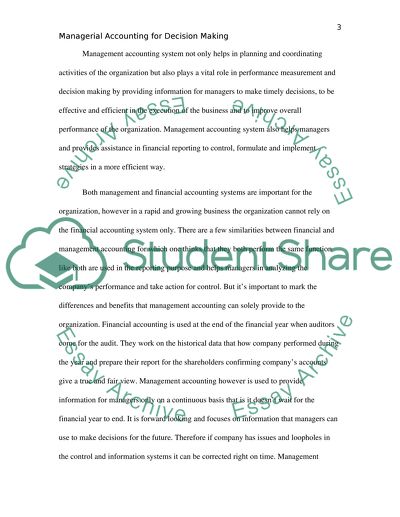Cite this document
(“Managerial Accounting for Decision Making Essay”, n.d.)
Retrieved from https://studentshare.org/finance-accounting/1395904-managerial-accounting-for-decision-making
Retrieved from https://studentshare.org/finance-accounting/1395904-managerial-accounting-for-decision-making
(Managerial Accounting for Decision Making Essay)
https://studentshare.org/finance-accounting/1395904-managerial-accounting-for-decision-making.
https://studentshare.org/finance-accounting/1395904-managerial-accounting-for-decision-making.
“Managerial Accounting for Decision Making Essay”, n.d. https://studentshare.org/finance-accounting/1395904-managerial-accounting-for-decision-making.


